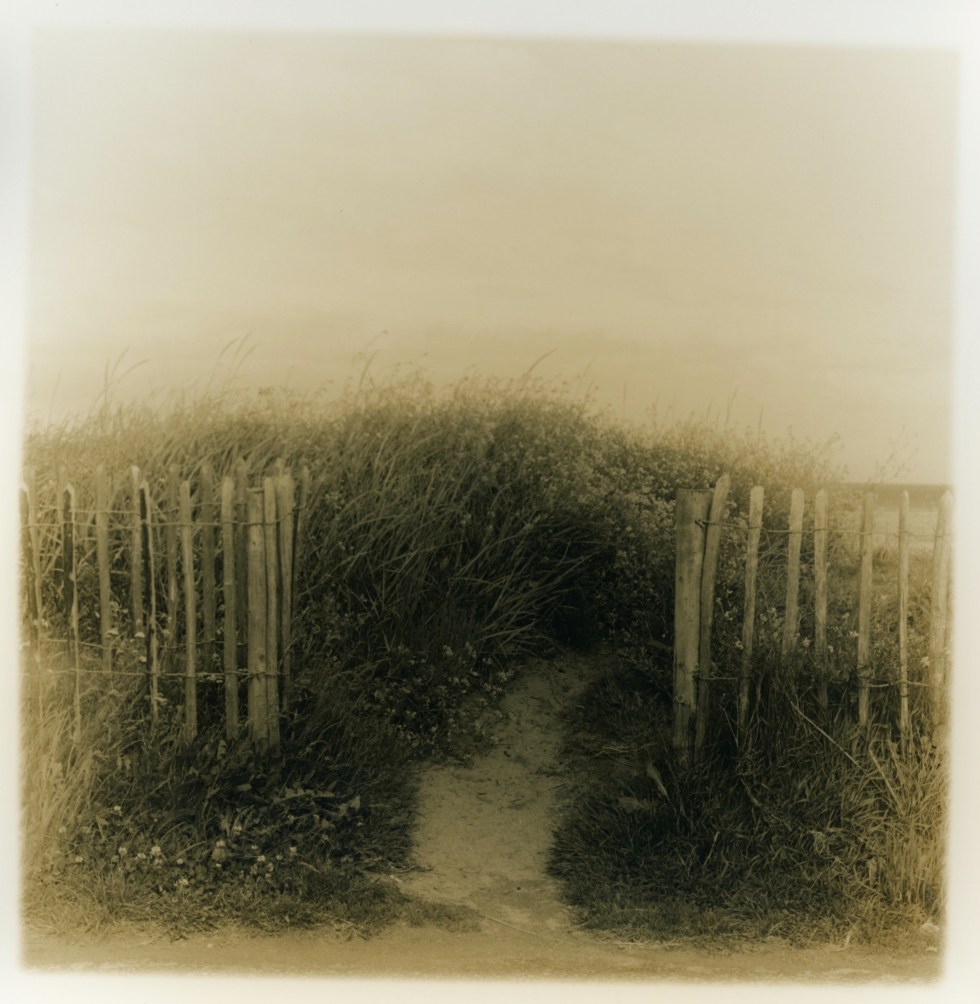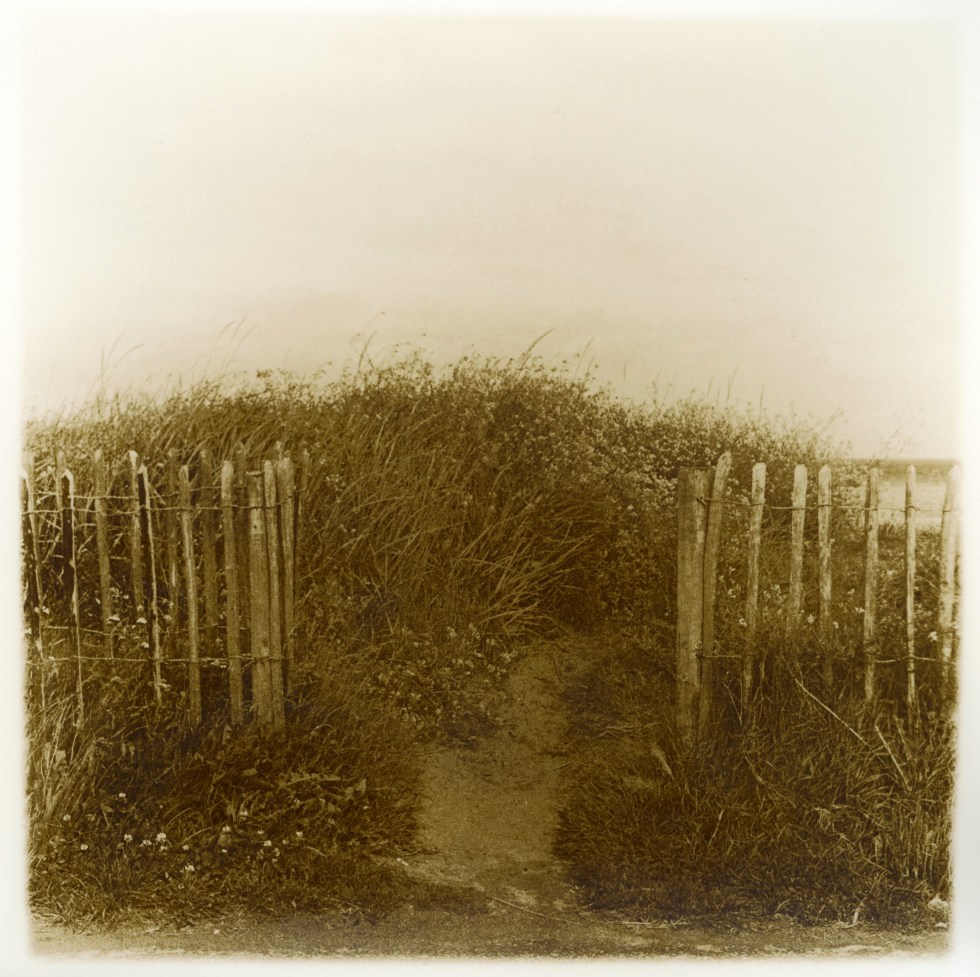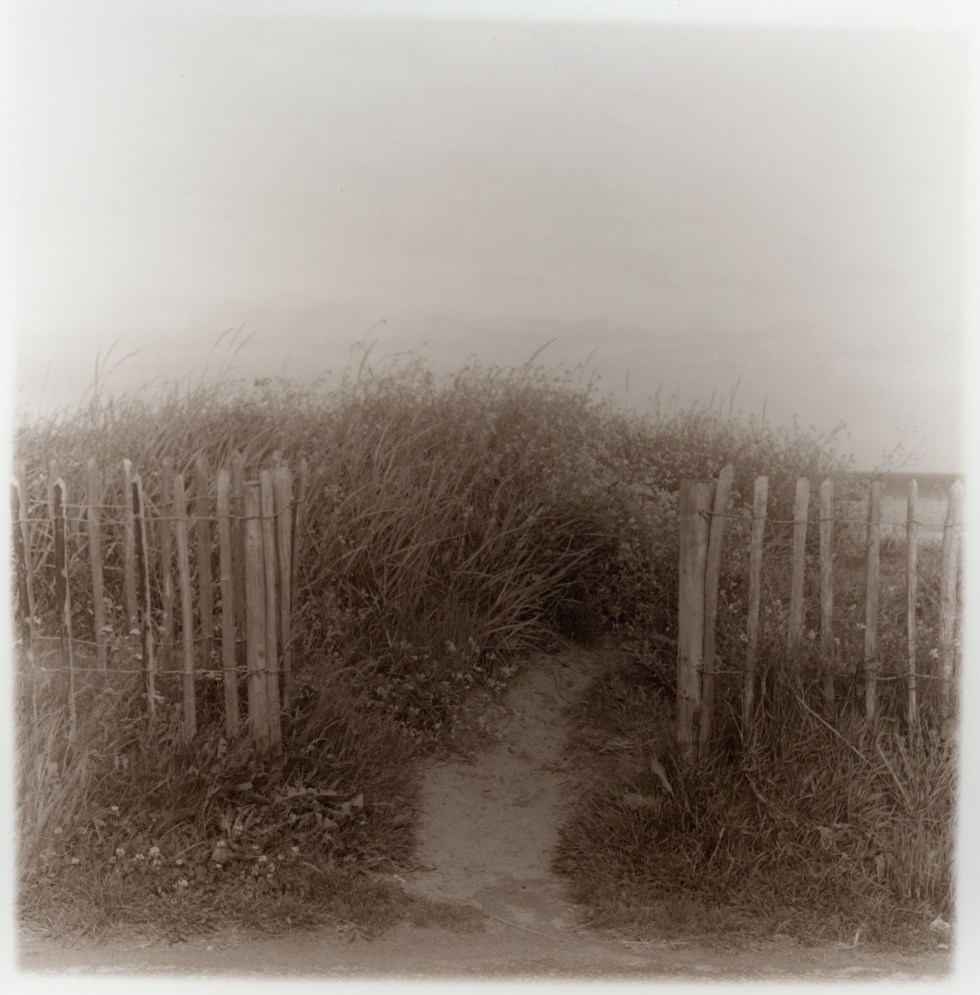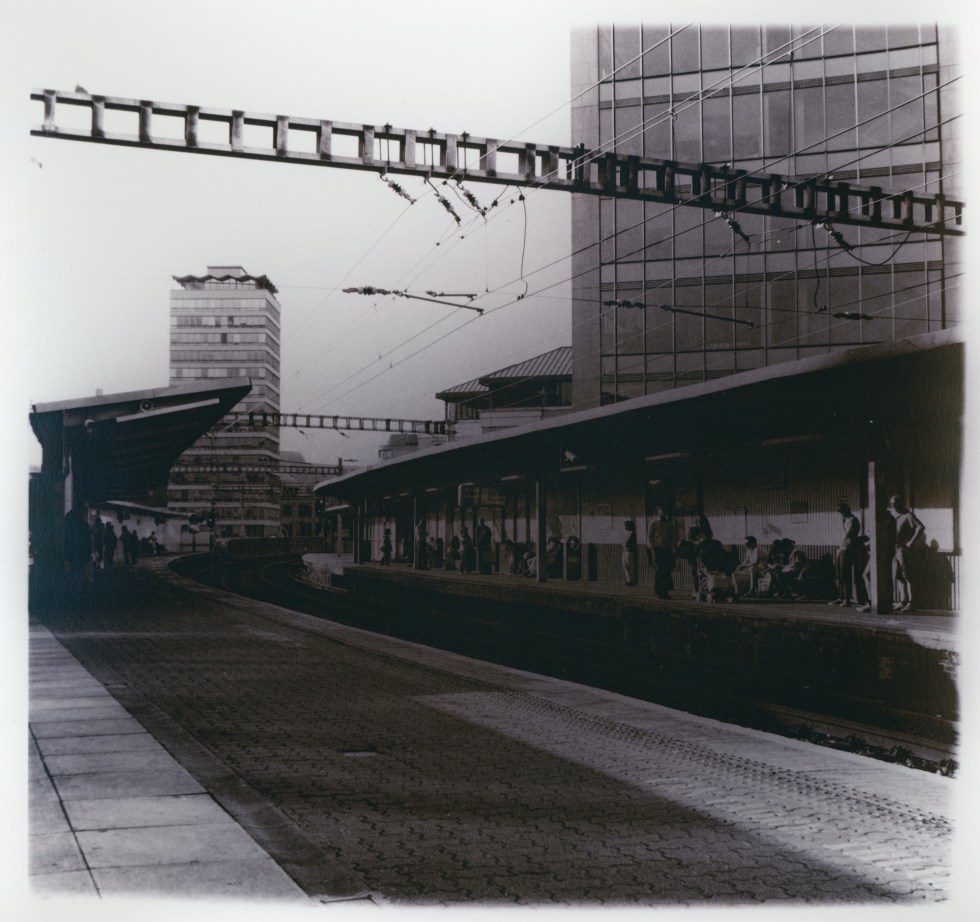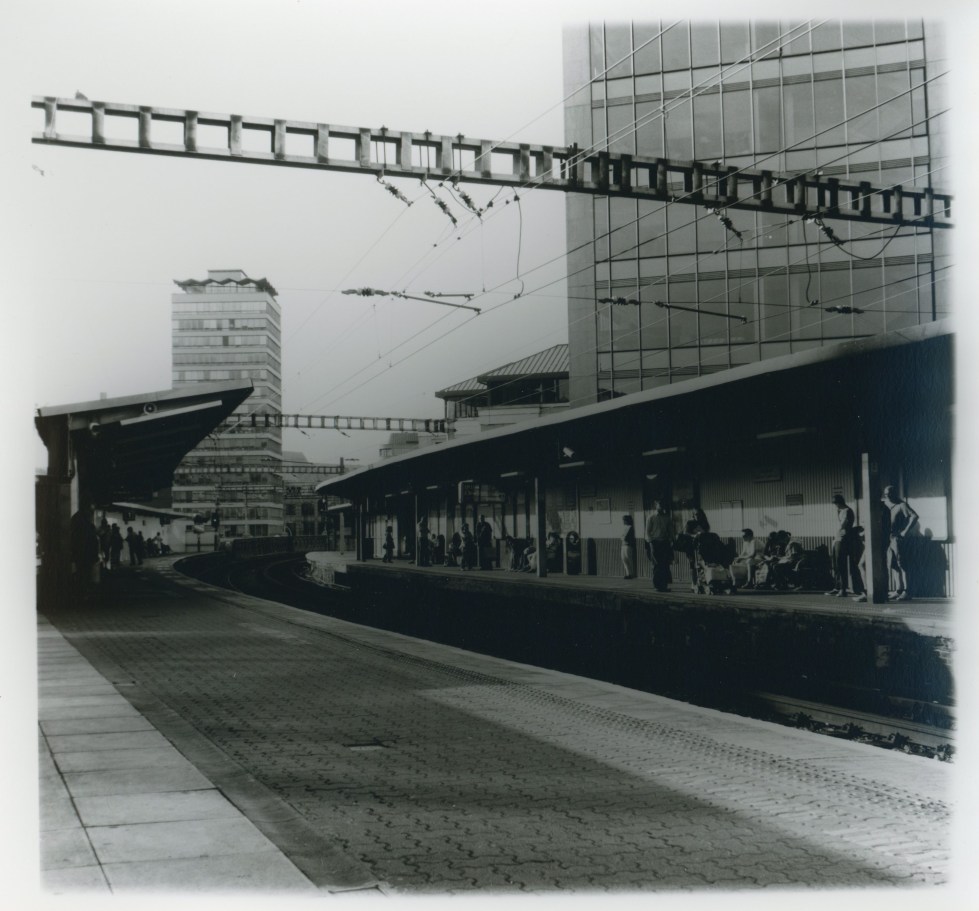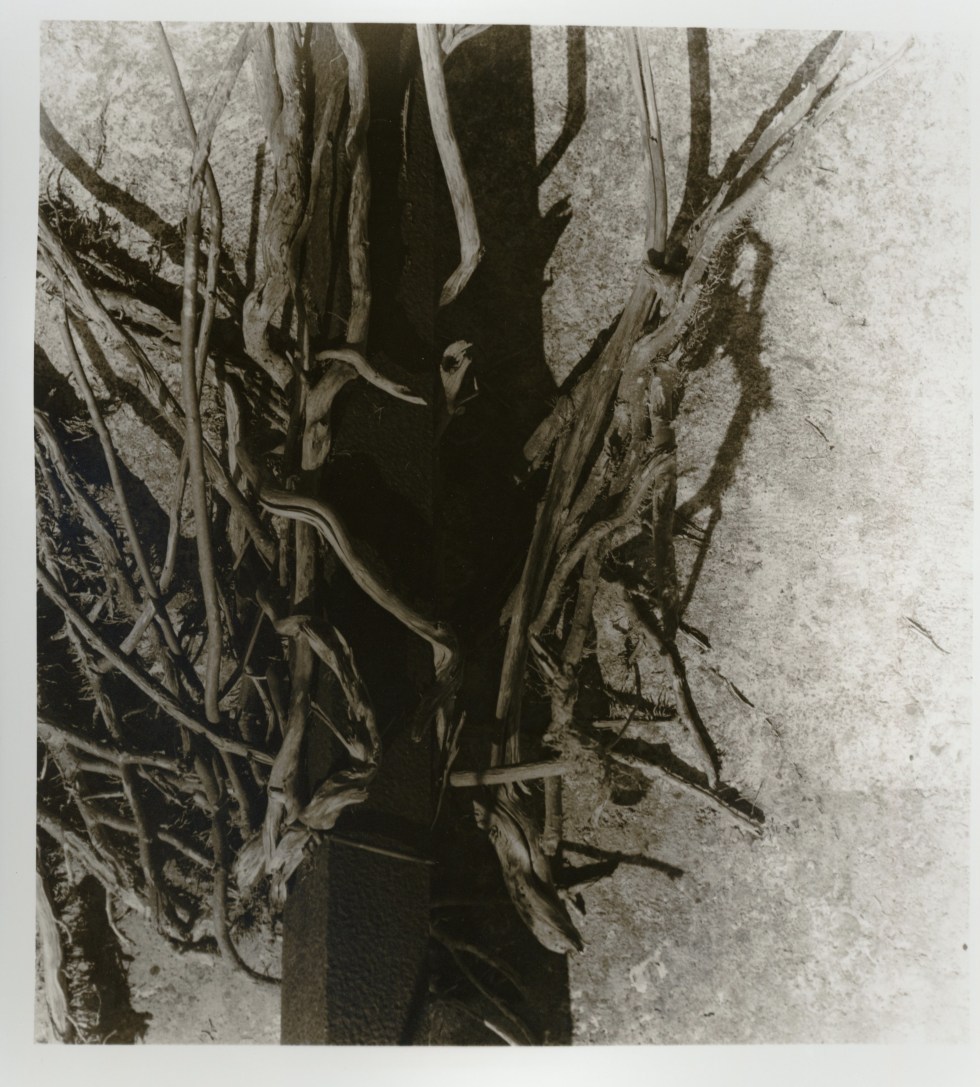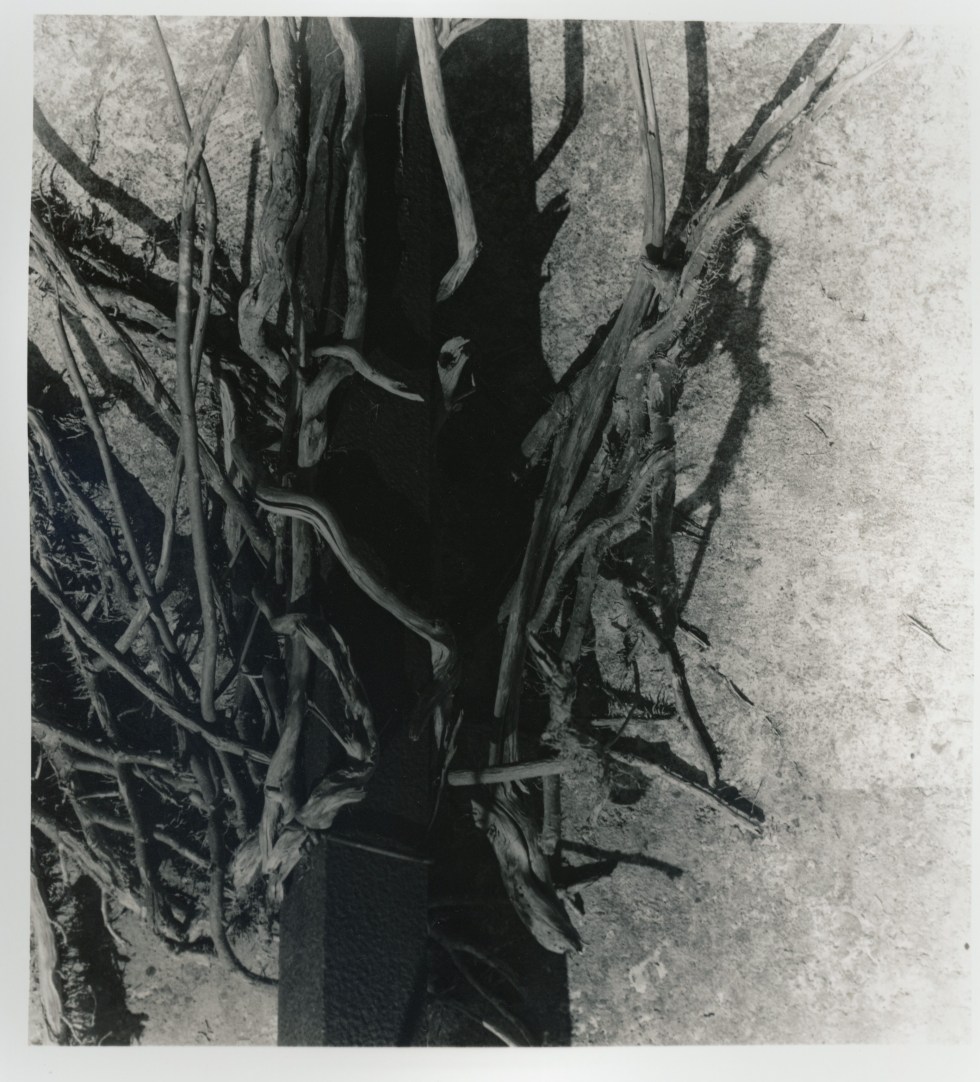Most of us wouldn’t know use or even know about hypo clearing agents and what they do.
In this video, I break down the benefits and use case of a HCA, and talk about the Safety, Handling and Disposal of Kodak’s own HCA.
You can buy Kodak Hyper Clear here or the Liquid version as Ilford Wash Aid here.
00:00 Introduction
00:38 Legal Disclaimer
01:21 Background
05:44 Chemical Composition
06:49 Capacity
08:03 Shelf Life
08:52 Safety
13:09 Handling
14:14 Disposal
15:38 Cost
16:39 Conclusion
This video is kindly sponsored by The Photo Shop https://www.thephotoshop.ie/
Check out my social media and Patreon:
https://www.shaka1277.com
https://www.instagram.com/shaka1277
https://www.flickr.com/photos/1553073…
https://twitter.com/Shaka1277
https://patreon.com/shaka1277
Category: Darkroom Printing
How to Load a 4 x 5 Large Format Film Holder

Shooting with large format film cameras has a timeless charm that continues to attract photographers worldwide. The 4×5 large format film holder plays a crucial role in this process, as it holds and protects the light-sensitive film that captures stunning images. We stock a range of 4 x 5 and 8 x 10 film and large format holders and the MOD54 to help you process your large format film.
What is a 4×5 Large Format Film Holder?
A 4×5 large format film holder is a device used to hold a single sheet of 4×5 inch film securely in place inside a large format camera. It typically consists of two parts: a light-tight outer shell and a removable dark slide that covers the film to protect it from exposure to light. Loading the film holder correctly is essential to ensure precise and breathtaking photographs.
Before diving into the loading process, it’s crucial to understand the various parts of a 4×5 film holder. Familiarise yourself with the outer shell, the dark slide, and the film slot where the 4×5 film sheet will be inserted.
Preparing the Film Holder for Loading
To achieve optimal results, proper preparation of the film holder is necessary. Ensure the film holder is clean, and the light seals are intact to prevent any light leaks during exposure.
Cleaning the Film Holder
Using a soft, lint-free cloth, carefully wipe the interior and exterior surfaces of the film holder to remove any dust or debris that might affect the image quality.
Checking the Light Seals
Inspect the light seals of the film holder to ensure they are in good condition. Damaged or worn-out light seals can lead to unwanted light leaks, which can ruin your photographs.
Handling and Loading the Film
Now that the film holder is ready, handle the large format film with care to avoid fingerprints or scratches on its emulsion side. Take the unexposed film and load it into the film holder with the emulsion facing outward. This must be done in a fully light sealed room or a darkbag.
Ilford Rapid Fixer: Safety, Handling, Disposal
Ilford’s Rapix Fixer is the de facto fixer in the modern era, and is the only one that many of us ever bother to try. Let’s talk about what’s in it, and how to use it properly. You can buy it here
00:00 Introduction
00:32 Legal Disclaimer
01:16 Background
09:45 Safety
11:47 Handling
14:50 Disposal
20:47 Cost
22:36 Conclusion
This video is kindly sponsored by The Photo Shop https://www.thephotoshop.ie/
Check out my social media and Patreon:
https://www.shaka1277.com
https://www.instagram.com/shaka1277
https://www.flickr.com/photos/1553073…
https://twitter.com/Shaka1277
https://patreon.com/shaka1277
Ilford Ilfostop: Safety, Handling, Disposal
Ilford’s Ilfostop is a prime example of a modern, odourless stop bath. Let’s talk about what’s in it, and how to use it properly. You can order it here
00:00 Introduction
00:34 Legal Disclaimer
01:27 Background
09:05 Safety 11:24 Handling
14:34 Disposal
15:49 Cost
17:00 Conclusion
This video is kindly sponsored by The Photo Shop https://www.thephotoshop.ie/
Acid strength (simple Wikipedia): https://simple.wikipedia.org/wiki/Str…
Acid strength (Wikipedia): https://en.wikipedia.org/wiki/Acid_st…
Check out my social media and Patreon:
https://www.shaka1277.com
https://www.instagram.com/shaka1277
https://www.flickr.com/photos/1553073…
https://twitter.com/Shaka1277
https://patreon.com/shaka1277
How to Make a Short Roll of Film for Testing 35mm Film Cameras
Learn how to create a short roll of film for testing 35mm film cameras using a used film canister and a new roll of film. This guide provides step-by-step instructions and essential tips for photography enthusiasts.
Introduction:
When it comes to testing 35mm film cameras or troubleshooting potential issues, creating a short roll of film can be incredibly helpful. This simple technique allows you to check the functionality and performance of your camera without wasting an entire roll of film. In this guide, we’ll walk you through the process of making a short roll of film using a used film canister and a new roll of film.
Step 1: Gather the necessary materials
To begin, gather a used film canister and a fresh roll of 35mm film, tape, scissors and a film changing bag. The used film canister should be empty except for a small bit of residual film that is capable of securely holding the new roll of film.
Step 2: Prepare the canister
Ensure the used film canister is clean and dry. Take a moment to inspect the canister for any physical damage or debris that could affect the film’s performance or scratch the film.
Step 3: Load the new roll of film
Carefully unwind a small portion of the leader from the new roll of film. Cut it in a straight line and tape it to the small leader sticking out of the empty canister. Gently wind the film onto the spool, ensuring it remains taut and evenly distributed throughout the canister.
Step 4: Move the canisters into the darkbag
Pull the two rolls apart inside the dark bag to the desired length of the short roll, I find the width of film changing bag is perfect for a roll of about 12 shots. Ensure the film is fully protected from exposure to light, as even brief exposure can ruin the images.
Step 5: Label the canister
To avoid confusion, label the canister with essential information such as the film type, ISO/ASA rating, and the number of exposures. This labeling will help you keep track of the film’s characteristics during testing.
Step 6: Testing your camera
Now that you have your short roll of film ready, insert it into your 35mm film camera as you would with a regular roll. Follow your camera’s instructions for loading film, advancing frames, and rewinding. Use this opportunity to capture a few test shots in various lighting conditions and different settings. By doing so, you can evaluate the camera’s performance, exposure accuracy, focus, and any potential issues.
Conclusion:
Creating a short roll of film for testing 35mm film cameras is a practical technique that saves both time and resources. By repurposing a used film canister and a new roll of film, you can easily assess your camera’s functionality and troubleshoot any issues before committing to a full roll. This process allows you to fine-tune your camera settings and gain confidence in its performance. Now you’re ready to embark on your photographic journey with a reliable and well-tested film camera!
Remember to have fun and experiment with different settings and subjects to truly understand your camera’s capabilities. Happy shooting!
Darkroom Print Toning: A Guide to Enhancing Your Black and White Prints
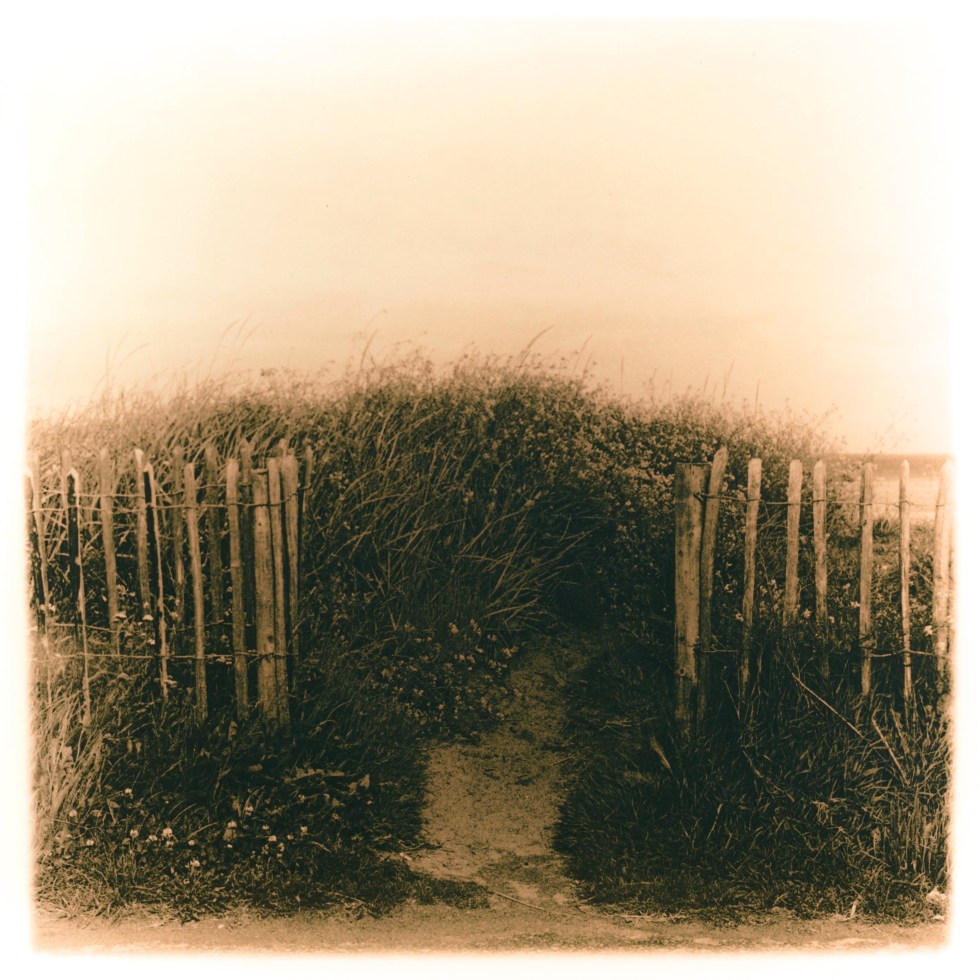
Camera:Rolleiflex K4B
Film: Fomapan 100
Paper: Fomatone MG Classic Warm Tone (132 Matt)
Paper Dev: Moersch Easy Lith 10ml(A)+15ml(B)+800ml(Water)+200(Old Brown) at 34 degrees centigrade
Darkroom Print Toning: A Guide to Enhancing Your Black and White Prints
As photographers, we are always looking for ways to elevate our work and make it stand out. One way to do this is through the use of darkroom print toning. This process involves adding colour to black and white prints, resulting in a unique and eye-catching final product. In this article, we will guide you through the process of darkroom print toning, from the materials needed to the different toning techniques available.
What is Darkroom Print Toning?
Darkroom print toning is a technique that involves changing the colour of the silver particles in a black and white print. This is done by immersing the print in a toner solution that contains metal salts. These salts react with the silver particles in the print, causing them to change colour. The result is a print with a different hue or tint, ranging from warm browns and sepia to cool blues and greens.
Materials Needed for Darkroom Print Toning
Before we dive into the different toning techniques, let’s go over the materials needed for darkroom print toning. Here are the essentials:
- Black and white photographic paper
- Developer solution
- Stop bath solution
- Fixer solution
- Toner solution
- Trays for each solution
- Tongs or gloves for handling prints
It’s important to note that not all toners are created equal. Different toners will produce different effects, so it’s worth experimenting with different brands and formulas to find the one that best suits your vision.
Toning Techniques
There are several different toning techniques available to photographers, each with its own unique effect. Let’s explore the most popular techniques:
Sepia Toning
Sepia toning is perhaps the most well-known and widely used toning technique. This involves immersing the print in a solution that contains either sodium or potassium sulfide. This chemical reaction creates warm brown tones in the print, giving it a classic and timeless look.
Selenium Toning
Selenium toning is another popular technique, known for its ability to enhance the print’s shadow detail and increase its archival properties. This technique involves immersing the print in a solution that contains sodium selenite or sodium selenate. This creates a purple-brown tint in the print, resulting in a striking and dramatic effect.
Blue Toning
Blue toning is a less common technique but can be used to great effect in certain images. This involves immersing the print in a solution that contains ferric ammonium citrate and potassium ferricyanide. This creates blue tones in the print, giving it a cool and ethereal feel.
Gold Toning
Gold toning is a technique that creates warm brown tones similar to sepia toning, but with a slightly different hue. This technique involves immersing the print in a solution that contains gold chloride. Gold toning can be used to enhance the mid-tones and highlights in a print, resulting in a richer and more vibrant final product.
Tips for Successful Darkroom Print Toning
Now that you know the different toning techniques, here are some tips for achieving great results:
- Start with a well-exposed and well-developed print. The toning process will not fix underexposed or poorly developed images.
- Use fresh solutions for each toning session. Old or contaminated solutions can produce inconsistent or undesirable results.
- Experiment with different toners and toning times to find the effect that best suits your vision.
- Rinse the print thoroughly between each solution to avoid cross-contamination and ensure even toning.
- Keep detailed notes of your process, including the type of toner used
I have posted some of my results below mostly for my own future reference, the eagle eyed among you will note that for the most part it is the same print over and over and over again. This is because of my relentless application of scientific methods. The trick is to use the science to constrain the fun and artfulness of the process.
Camera:Rolleiflex K4B
Film: Fomapan 100
Paper: Fomatone MG Classic Warm Tone (132 Matt)
Initial Paper Dev: Ilford Multigrade
Toner: Moersch MT3 Vario Sulphide – Toner 50ml, Controller 30ml Water 900ml
Bleach: 1+20 for 15 seconds then toned for 30 Seconds.
Camera:Rolleiflex K4B
Film: Fomapan 100
Paper:Fomatone MG Classic Warm Tone (132 Matt)
Initial Paper Dev: Ilford Multigrade
Toner: Moersch MT3 Vario Sulphide – Toner 50ml, Controller 130ml Water 900ml
Bleach: 1+20 for 30 seconds then toned for 30 Seconds.
Camera:Rolleiflex K4B
Film: Fomapan 100
Paper:Fomatone MG Classic Warm Tone (132 Matt)
Initial Paper Dev: Moersch Easy Lith 10ml(A)+15ml(B)+800ml(Water)+200(Old Brown) at 34 degrees centigrade
Toner: Fotospeed AU20 Gold Toner 30 seconds
Camera:Rolleiflex K4B
Film: Fomapan 100
Paper:Fomatone MG Classic Warm Tone (132 Matt)
Initial Paper Dev: Ilford Multigrade
Toner: Moersch MT5 Sepia Polysulphide – mixed 1+30
Bleach: 1+20 for 10 seconds then toned for 30 Seconds.
Camera:Nettar Zeiss Ikon
Film: Fomapan 100
Paper:Fomatone MG Classic Warm Tone (132 Matt)
Initial Paper Dev: Moersch Easy Lith 10ml(A)+15ml(B)+800ml(Water)+200(Old Brown) at 34 degrees centigrade
Toner: Fotospeed AU20 Gold Toner 1 Min
Camera:Nettar Zeiss Ikon
Film: Fomapan 100
Paper:Fomatone MG Classic Warm Tone (132 Matt)
Initial Paper Dev: Ilford Multigrade
Toner: Moersch MT3 Vario Sulphide – Toner 50ml, Controller 130ml Water 900ml
Bleach: 1+20 for 2 mins then toned for 30 Seconds.
Camera:Nettar Zeiss Ikon
Film: Fomapan 100
Paper:Fomatone MG Classic Warm Tone (132 Matt)
Initial Paper Dev: Ilford Multigrade
Toner: Rollei Selenia (Selenium) 1+20
Toned for 30 Seconds.
Camera:Rolleiflex K4B
Film: Ilford Hp5 100
Paper:Ilford Multigrade IV RC
Initial Paper Dev: Ilford Multigrade
Bleach: 1+20 for 4 minutes pretty much wiped the image
Re-developed: Ilford Warm Tone Print Developer
Camera:Rolleiflex K4B
Film: Ilford Hp5 100
Paper:Ilford Multigrade IV RC
Initial Paper Dev: Ilford Multigrade
Toner: Rollei Selenia (Selenium) 1+20
Toned for 30 Seconds
If you made it this far, well done, my conclusions remain inconclusive.. Experimentation seems to be the key. I think I prefer the results on the fibre paper, they are certainly more dramatic and seem to take a tone better.
A quick note for anyone freaking out about my spelling of the word colour, it is correct where I live!

